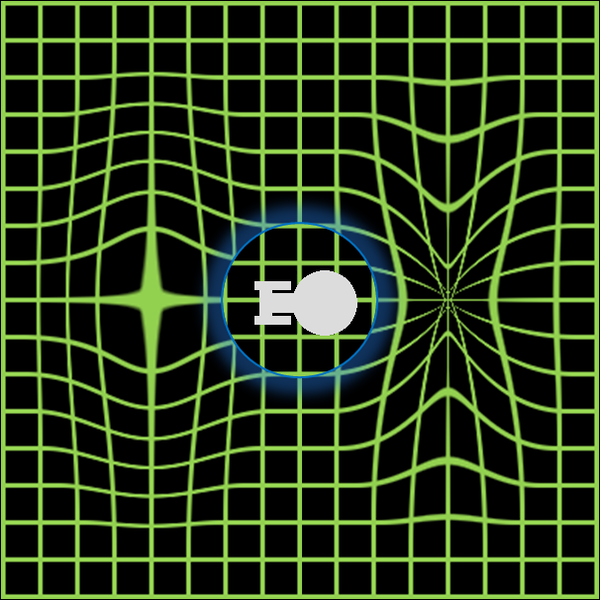What is faster-than-light travel? Basically, it going faster than the speed of light which is 300,000 km/s or 671 million miles per hour. At that speed, we could reach Jupiter from Earth in a little under an hour. Neptune, at 2.795 billion miles from the Sun, could be reached in about 4 hours, the flight time from New York to Dallas. To reach the closest star, Proxima Centauri, would still take 4.22 years. Knowing this, is it possible we could achieve faster-light-travel?
Probably not because when we think of faster-than-light travel, we think of traveling through normal space using the known laws of physics. The one theory that will control whether or not we can travel faster than light is special relativity. This is Einstein's theory that describes the physics at travels at or near the speed of light. Hendrik Lorentz found that as the speed of an object increases, so does it mass. At low speeds, i.e. speeds we achieve on Earth, this increase in mass is negligible. However, at near light speeds, the mass increases so much that when an object travels at the speed of light, its mass becomes infinite. This is given by
where γ is the Lorentz factor given by:
As you can see, as the velocity increase, the Lorentz factor decreases, until at v = c (the speed of light), γ = 0. And anything divided by 0 is infinite. So, sorry, we will never be able to travel through normal space at velocities greater than the speed of light.
So what about science fiction? They show spacecraft travelling faster than the speed of light, right? Well, technically, no. They have apparent faster than light velocity. What this means is that they follow laws of physics about which we do not know much. These laws that could, theoretically, allow apparent faster than light travel. I'm going to focus on two: warp drive in Star Trek and hyperdrive in Star Wars.
Warp drive describes exactly what it does: it warps space. A warp drive in a Star Trek ship creates a "warp bubble" around the ship allowing space in front of the ship to be compressed and the space behind it to be expanded. This allows the ship seemingly to travel faster than light.
This is called a Alcubierre drive, which is essentially a warp drive.
Star Wars, however, uses something a little more exotic. It uses something called hyperdrive, which is essentially creating a wormhole in space to allow the ship to travel across vast distances via a shortcut in hyperspace. Think of it as taking a piece of paper and folding it in half so that the two ends are about an inch apart. If an ant wanted to travel from a point on the top half of the sheet to a point on the bottom half of the sheet, it would have to travel the whole length of the sheet. Now, imagine that that ant could create a hole in the top half and a hole in the bottom half and is able to link those two holes together. The ant has created a wormhole allowing it to travel much faster between points than taking the conventional way.
via Space.com
These two methods of faster-than-light travel may someday be achieved. But the physics and engineering of how to accomplish them are not well understood, and for that which we understand, it requires a form of energy that we do not have the ability to create at this time. Both methods require negative energy which may be discussed at a future time.





